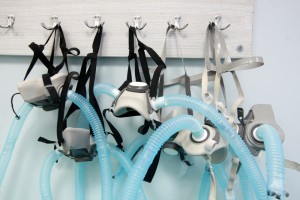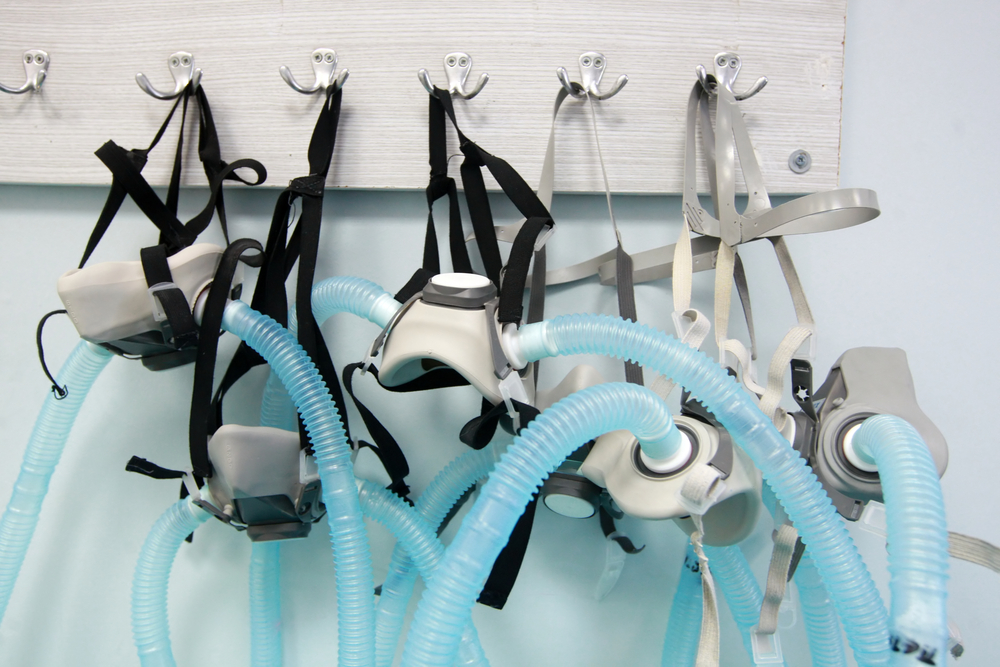 Oxygen, a simple molecule surrounding us in daily life, is becoming a mainstream treatment following radiation therapy. Patients who have undergone radiation therapy can experience benefits of breathing 100% oxygen at pressures greater than atmospheric. This treatment is known as hyperbaric oxygen and is indicated to treat a handful of existing disease conditions.
Oxygen, a simple molecule surrounding us in daily life, is becoming a mainstream treatment following radiation therapy. Patients who have undergone radiation therapy can experience benefits of breathing 100% oxygen at pressures greater than atmospheric. This treatment is known as hyperbaric oxygen and is indicated to treat a handful of existing disease conditions.
“Radiation therapy does a very good thing–it kills cancer cells. But it also damages the tiny blood vessels that feed the cells,” said Dr. Farris Gulli, medical director at the Hyperbaric Medicine Center at the Beaumont Health System in Michigan, in a news report. “About five to fifteen percent of cancer patients can experience chronic complications from radiation therapy.”
Dr. Gulli can treat up to twelve patients at a time with the hyperbaric chamber. More than 1,800 hospitals nationwide offer hyperbaric oxygen therapy, and another 500 non-hospital based programs offer treatment.
The use of hyperbaric oxygen has shifted from treating “the bends” in scuba divers to treating damaged cells and tissues following radiation therapy. “Hyperbaric medicine is an incredibly powerful tool,” explained Dr. Jeffrey Niezgoda, President of the American College of Hyperbaric Medicine. “It can be as helpful and therapeutic as a surgical scalpel in the right patient for the right indication. We’re seeing a risk in specialized wound and hyperbaric centers across the United States.
For example, bladder cancer survivors can often experience bladder problems as a result of high doses of radiation to the pelvis. “In these cases, the lining of the bladder becomes damaged because of the lack of blood flow,” said Dr. Gulli. “The damage can lead to blood in the urine which could require blood transfusions. But with hyperbaric oxygen therapy, we grow new capillaries and the bleeding stops in a significant portion of or patients.”
[adrotate group=”1″]
Breast cancer survivors and survivors of head and neck cancers are also within the population who have conditions approved to be addressed by hyperbaric oxygen therapy. Thirteen conditions are approved, but some individuals believe hyperbaric oxygen therapy is a cure-all. However, according to Dr. Timothy Manoni, medical director of the Wound Care and Hyperbaric Center at Stamford Hospital in Connecticut “Hyperbaric oxygen therapy is not the magic bullet.”
Indeed, Parkinson’s disease, Alzheimer’s disease, and many other conditions have not been explored in great depth to identify benefits or risks of treatment. Off-label uses are frowned upon by the Food and Drug Administration, and off-label users and administers must be cautious in their use of the equipment.



Hyperbaric oxygen, utilized by trained and qualified physicians, is a very useful and powerful drug. The benefits for patients with late effects of radiation are well documented.